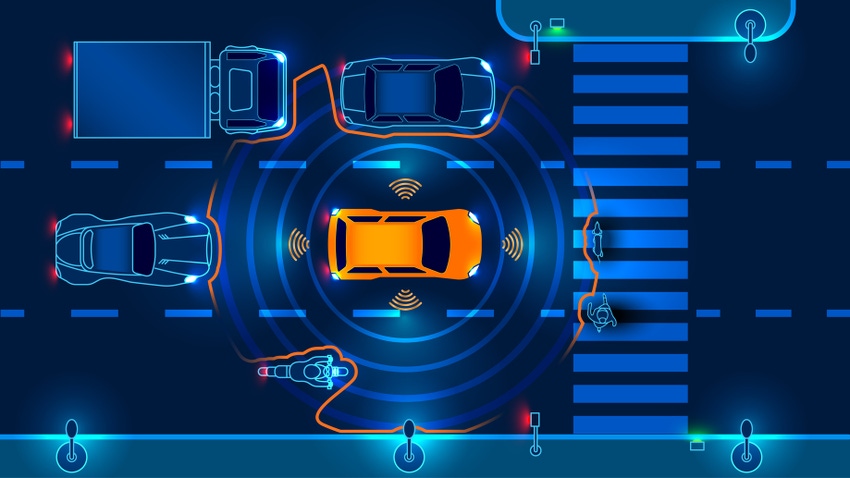Operators could generate an additional $3 billion of service revenue by 2025 from cars equipped with embedded SIM (eSIM) cards.
September 2, 2020

Operators could generate an additional $3 billion of service revenue by 2025 from cars equipped with embedded SIM (eSIM) cards.
This is according to Juniper Research, which predicted this week that by then, the number of cars on the road with eSIMs will reach 200 million, up from 110 million in 2020.
Unsurprisingly, mobile operators are in a good position to capitalise on this growth, but they will have to work hard for it. After all, the whole point about an eSIM is that it is not tied to a particular operator’s network.
“Operators’ success in the market will be determined by which platforms can offer the most comprehensive value-added services to automotive OEMs,” said Juniper Research’s Sam Barker, in a research note.
In short: offering basic network connectivity will only get you so far.
Meanwhile, 5G is of course expected to wend its way into the connected car market steadily over the next few years. According to Juniper Research, there will be 30 million vehicles worldwide connected to 5G by 2025.
Even though they are forecast to only account for a small percentage of connected cars, they will account for 25 percent of the data traffic.
“As a result, operators will need to charge a premium for 5G automotive connections, in order to account for the additional network traffic generated by 5G-based automotive traffic,” Juniper Research said.
About the Author(s)
You May Also Like








.png?width=300&auto=webp&quality=80&disable=upscale)


_1.jpg?width=300&auto=webp&quality=80&disable=upscale)


.png?width=800&auto=webp&quality=80&disable=upscale)